- Home
- About
- Hospitals
-
Treatments
- Orthopedic & Spine
- Knee Replacement
- Carpal Tunnel Release
- Rotator Cuff Repair
- Meniscus Repair / Meniscectomy
- Total Hip Replacement (THR)
- Total Shoulder Replacement
- Arthroscopy
- Ligament Reconstruction
- Spinal Fusion
- Discectomy
- Laminectomy
- Spinal Decompression
- Vertebroplasty and Kyphoplasty
- Fracture Repair
- ACL Reconstruction
- Tendon Repair
- Osteotomy
- Amputation
- Pediatric and Adult Cardiac
- Neuroscience
- Oncology
- Nephrology & KTP
- Gastroenterology & Hepatobiliary
- Obstetrics and Gynaecology
- Infertility
- Dental & Maxillofacial
- Plastic & Cosmetic Surgery
- Rhinoplasty
- Blepharoplasty (Eyelid Surgery)
- Facelift (Rhytidectomy)
- Breast Augmentation (Mammoplasty)
- Breast Reduction (Mammoplasty)
- Breast Lift (Mastopexy)
- Liposuction
- Abdominoplasty (Tummy Tuck)
- Brazilian Butt Lift (BBL)
- Lip Augmentation
- Breast Reconstruction
- Cleft Lip and Palate Repair
- Scar Revision
- Burn Reconstruction
- Botox Injection
- Ophthalmology
- Otolaryngology (ENT)
- Endocrinology
- General and Minimal Invasive Surgery
- Pulmonology
- Rheumatology
- Urology
- General Medicine
- Ayurvedic Treatment
- Orthopedic & Spine
- Doctors
- Contact Us
Lithotripsy (ESWL)
Extracorporeal Shock Wave Lithotripsy (ESWL) is a medical procedure used to treat kidney stones and some stones in
other parts of the urinary tract. It is a non-invasive approach to break down
kidney stones or urinary tract stones into smaller fragments, allowing them to
be passed naturally through urine. Here's an overview of lithotripsy:
Purpose: ESWL is primarily used to treat urinary
tract stones, particularly kidney stones. Kidney stones are hard mineral
deposits that can form in the kidneys and cause severe pain and discomfort. The
procedure helps to fragment these stones into smaller, more manageable pieces,
allowing them to pass out of the body with urine.
Procedure:
- Preparation: Before the procedure, patients may undergo imaging tests, like X-rays or ultrasound, to locate the exact position and size of the stones. This information helps the healthcare provider target the stones during lithotripsy.
- Lithotripsy: During the ESWL procedure, the patient is typically positioned in a tub of water or a water-filled cushion. A machine called a lithotripter generates shock waves that are focused on the stones, usually with the help of X-ray or ultrasound guidance. These shock waves break the stones into smaller pieces.
Anesthesia: ESWL is
usually performed under local anesthesia or light sedation. The patient remains
awake during the procedure but does not feel pain.
Recovery: After ESWL, most patients can go home the
same day and typically resume their normal activities within a day or two. It's
common to experience some discomfort and see blood in the urine for a few days
after the procedure as the stone fragments are passed.
Effectiveness: The success of ESWL depends on various
factors, including the size, location, and composition of the stones. It may
require multiple sessions to completely eliminate larger stones. Some stones
may not be suitable for ESWL due to factors like size, location, or
composition.
Risks and Complications: While
ESWL is generally considered a safe procedure, there can be some risks and
potential complications, including pain during or after the procedure,
bruising, bleeding, and, rarely, damage to nearby organs. In some cases, the
procedure may not completely eliminate the stones, and additional treatments
may be required.
Other Lithotripsy Techniques: In
addition to ESWL, there are other lithotripsy techniques, such as
intracorporeal lithotripsy, which involves the use of devices to break stones
within the urinary tract, typically through endoscopic procedures.
Before undergoing lithotripsy, patients should have a thorough
discussion with their urologist to understand the specific condition and the
best treatment approach. The choice of lithotripsy or another treatment method
will depend on factors like stone size, location, and the patient's overall
health.
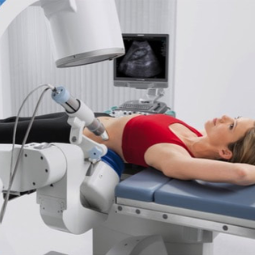


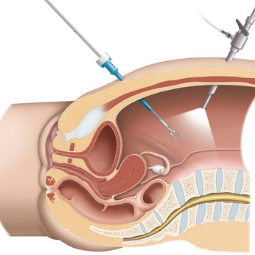

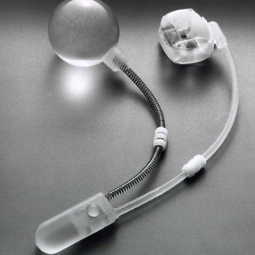
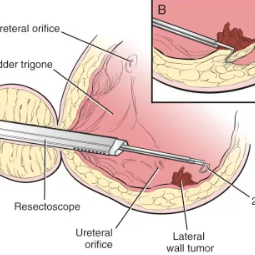
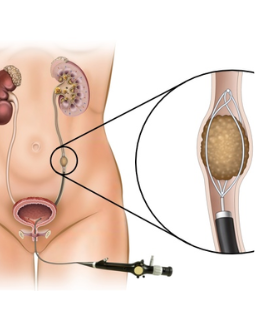
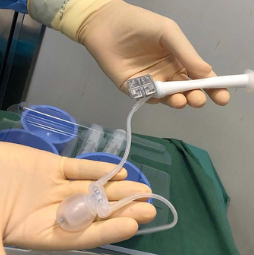
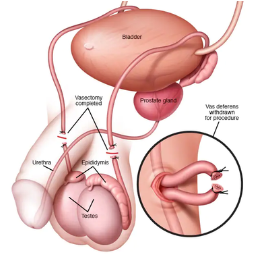
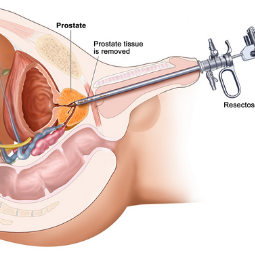
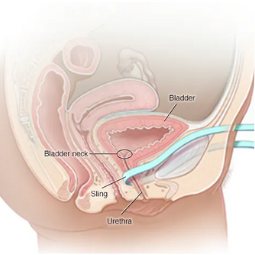
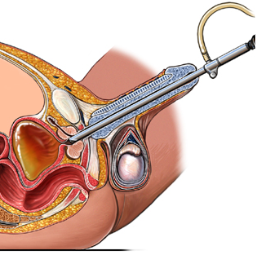
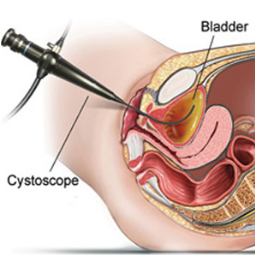
.png)